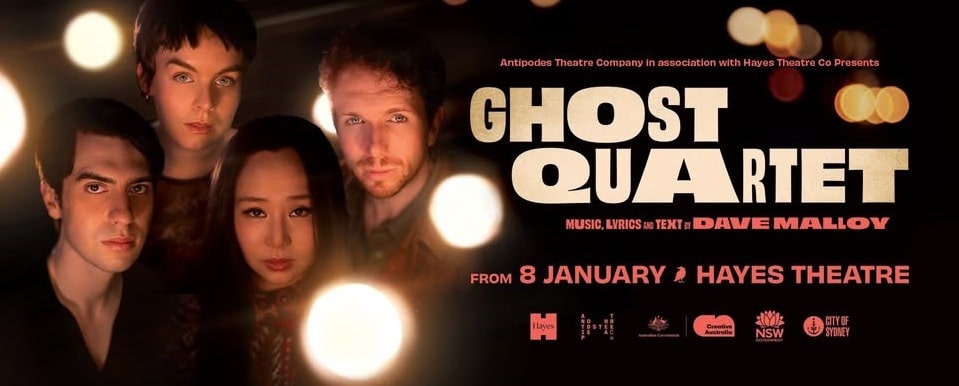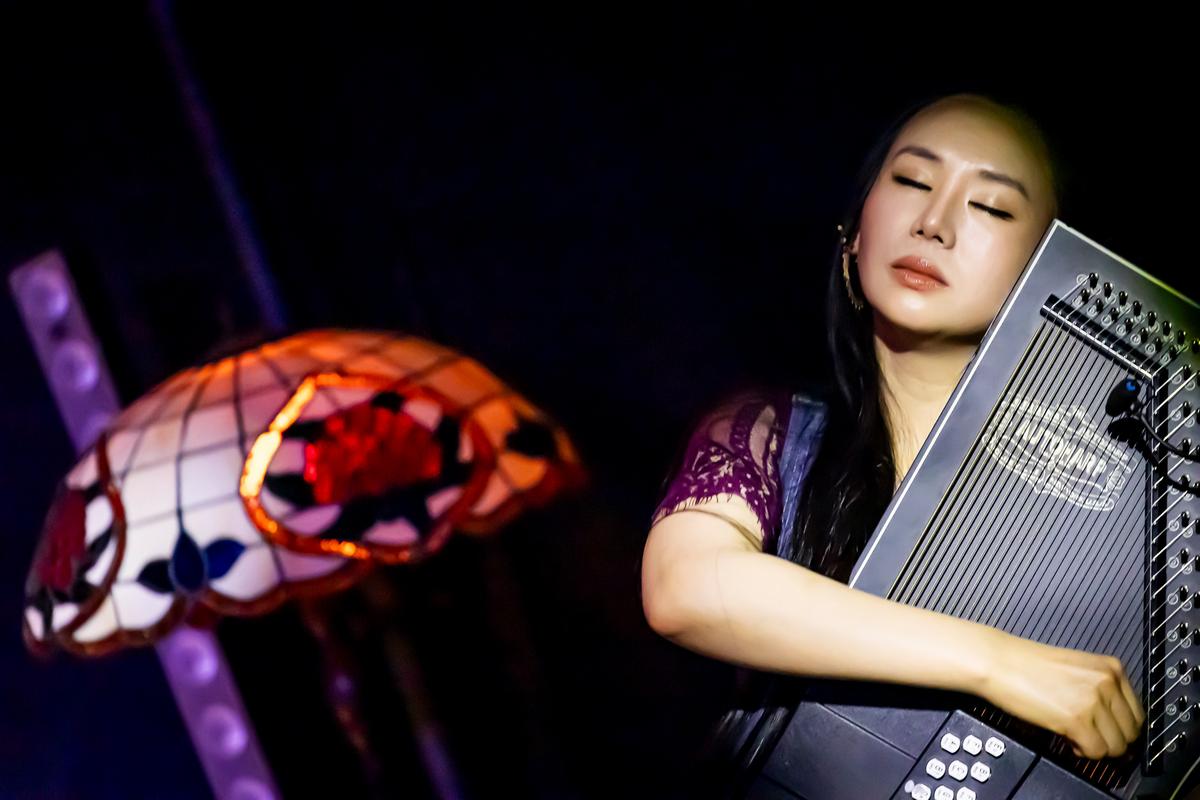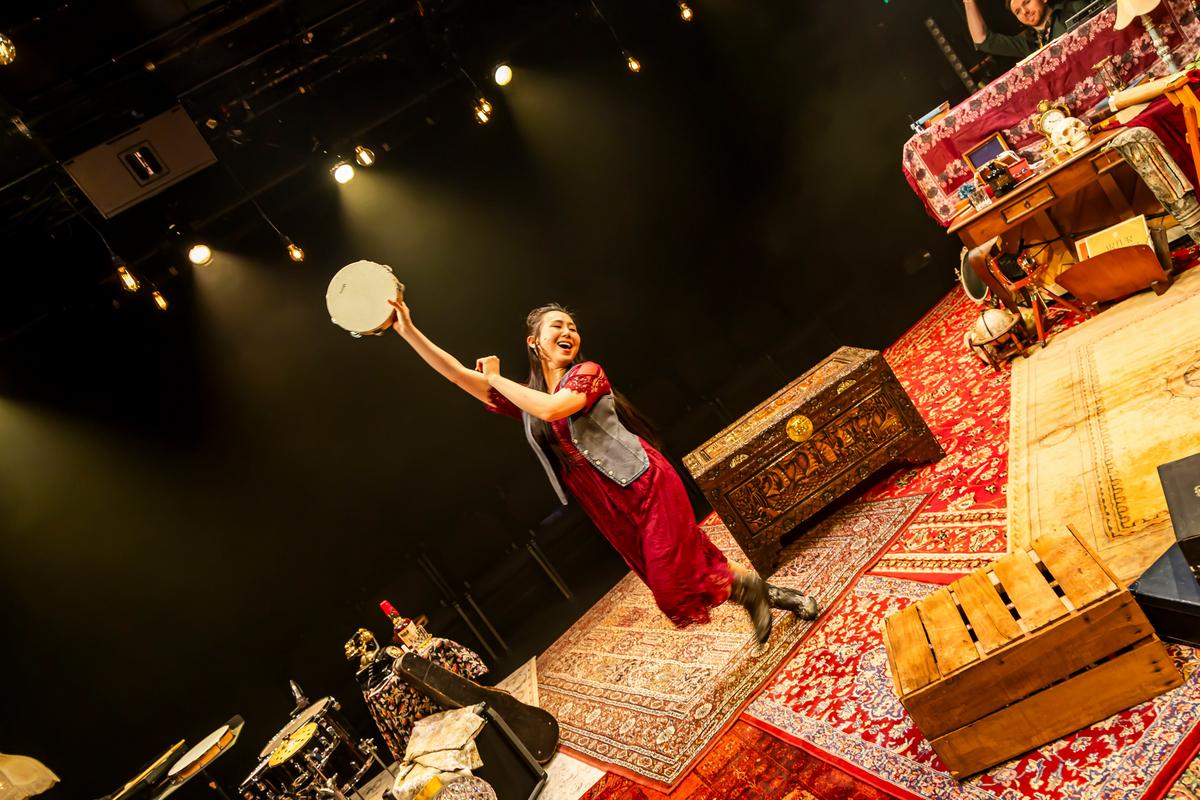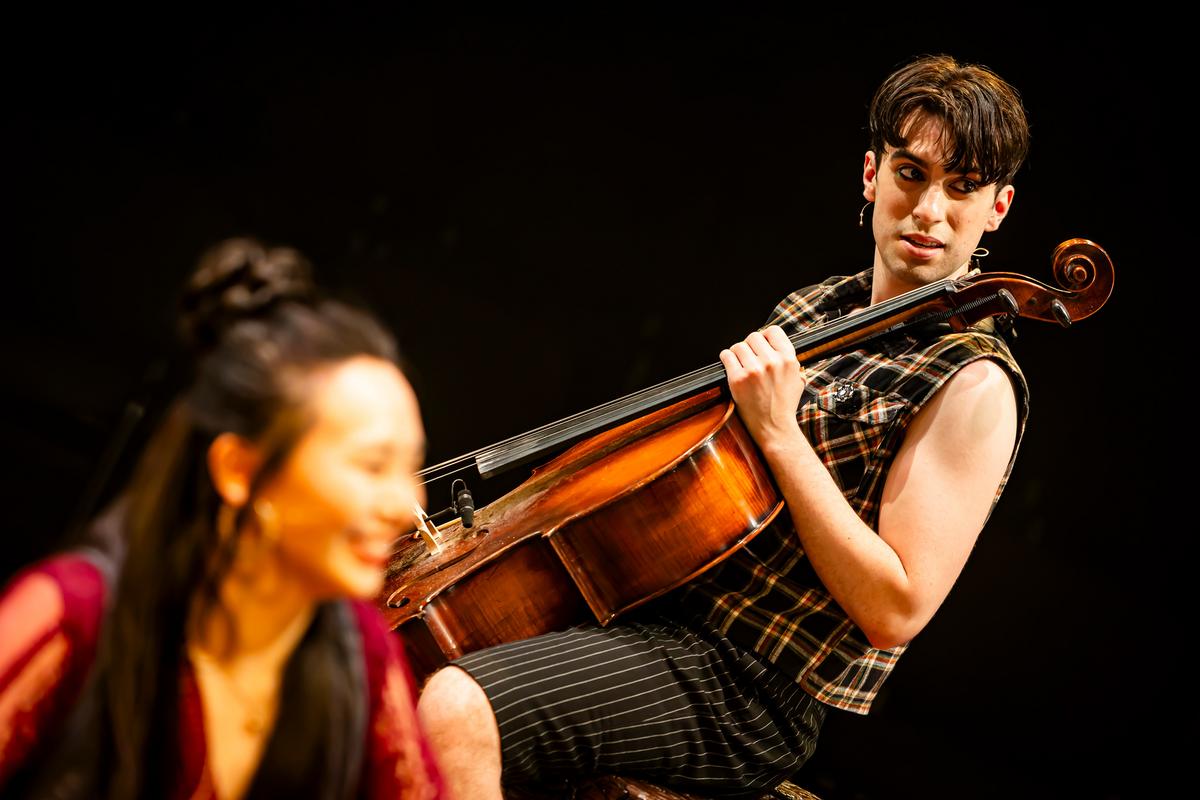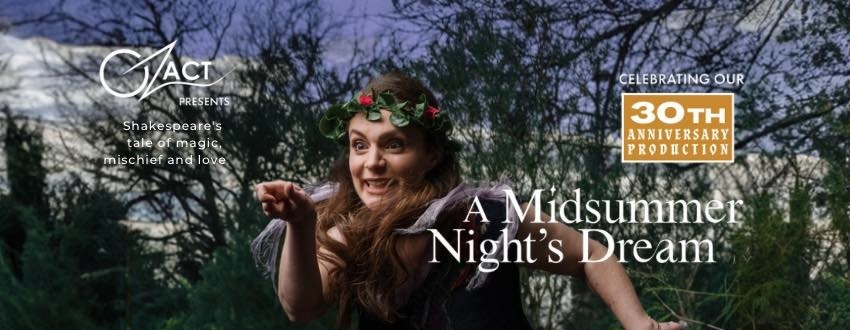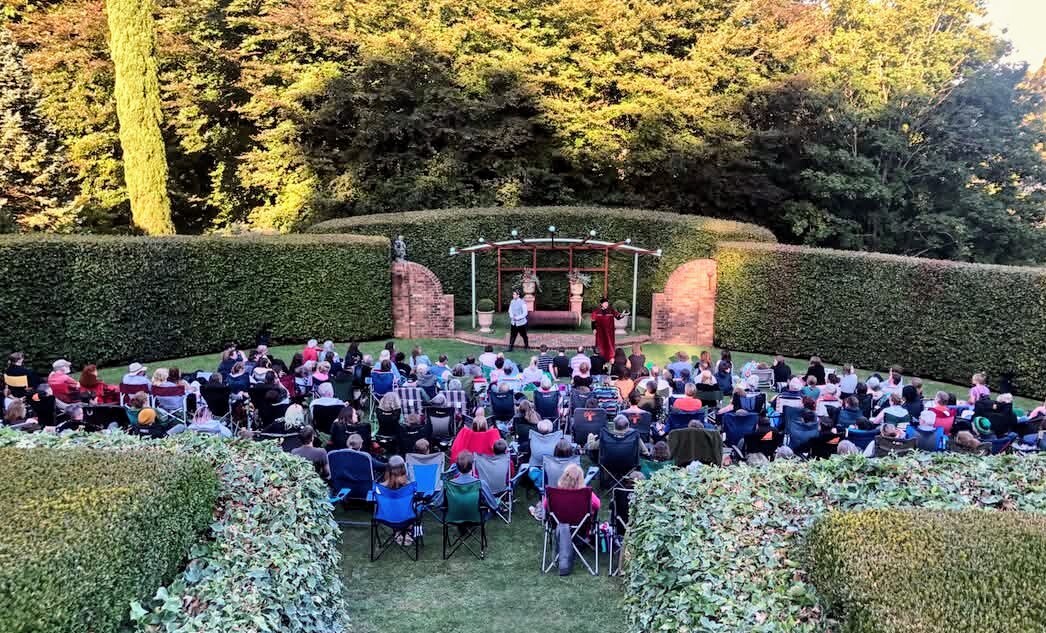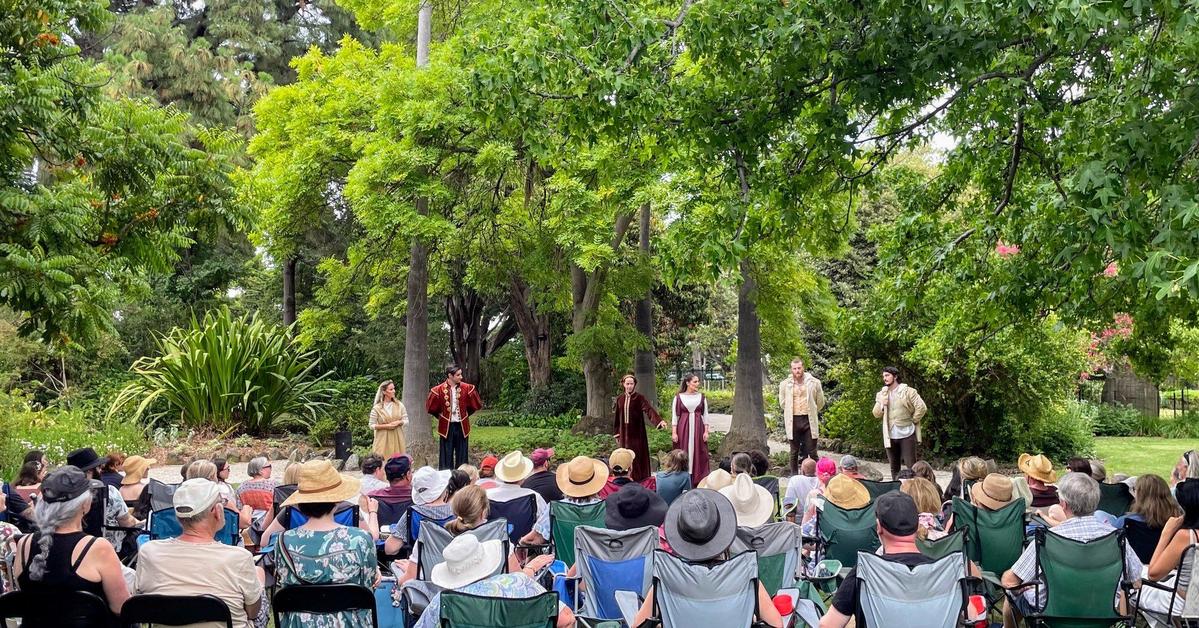Forget everything you thought you knew about ice skating—it’s about to be redefined.
To mark their 21st anniversary, the Imperial Ice Stars present a breathtaking new production of Swan Lake on Ice that pushes the boundaries of performance art. This isn’t merely figure skating—it’s a dynamic fusion of ice theatre and circus artistry, infused with enchanting Russian folklore and Tchaikovsky’s ageless masterpiece. The result? A spectacle that mesmerises the senses and leaves audiences spellbound.
This isn’t a performance for purists seeking a traditional Swan Lake. While it honours iconic fairytale imagery like Odette’s anguish, a charming prince, and the shimmering beauty of the swans, it boldly reimagines the classic with innovative twists, a remix of the iconic score, and original musical additions. The result is a dazzling reinterpretation—a vibrant celebration of art, athleticism, and imagination.
Watching ice dancing live is a feast for the senses. You can smell the crisp, clean chill of the frozen stage and hear the exhilarating whoosh of blades slicing through ice. The shimmering costumes catch the light in dazzling displays, while the sharp crack of a perfectly executed jump reverberates through the air. Every movement, every glide, every leap, every nuance immerses you in a world of elegance and strength.
Featuring a cast of 23 elite skaters—collectively boasting over 250 medals in Olympic, World, European, and National Championships—this production transforms a frozen theatre stage into a playground of daring acrobatics and lyrical grace. Imperial Ice spares no effort in its design and execution. Snow drifts gently from above, fog swirls mysteriously across the ice, and pyrotechnic bursts ignite the stage, amplifying the drama. The choreography pushes the limits of contemporary ice dance, combining storytelling with awe-inspiring physicality.
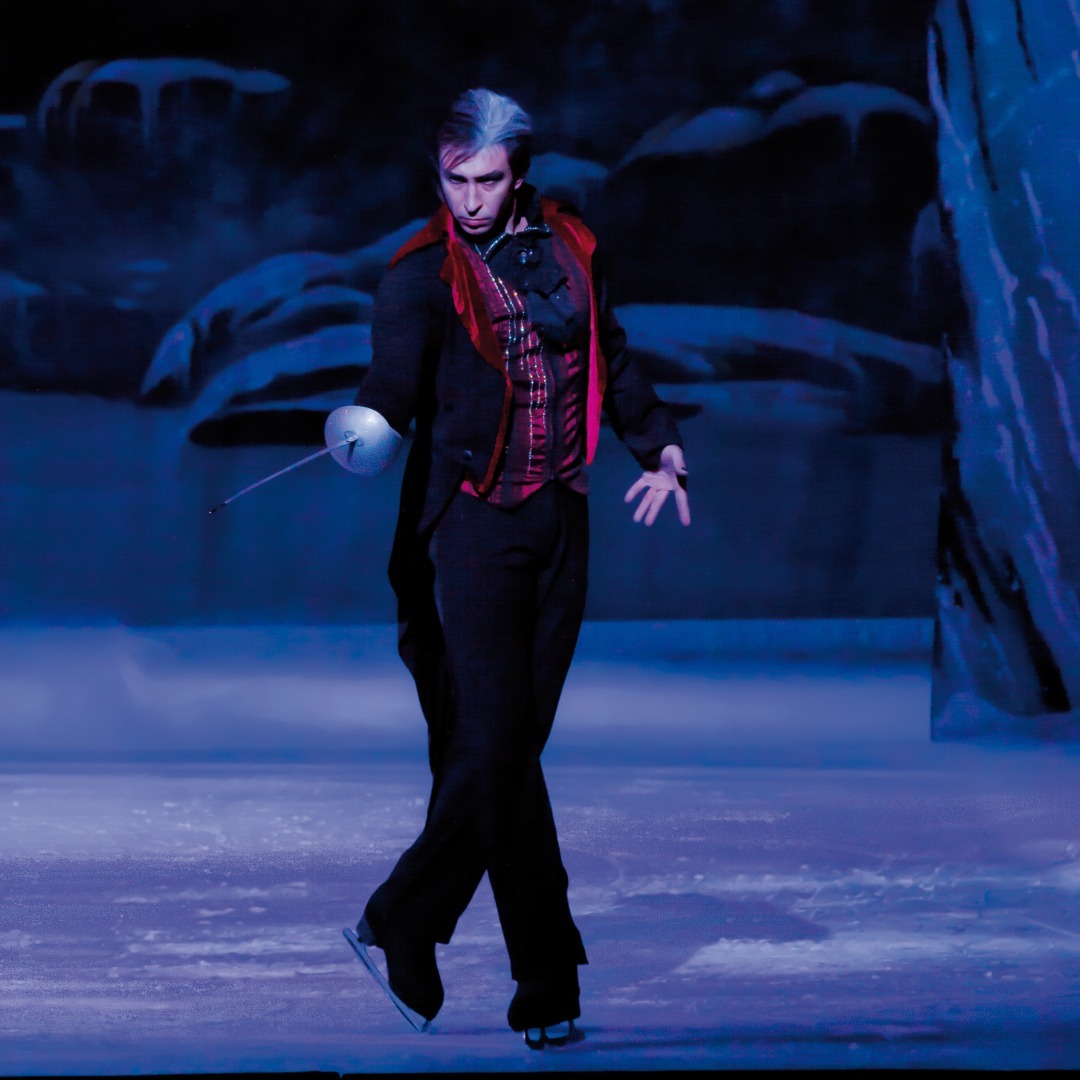
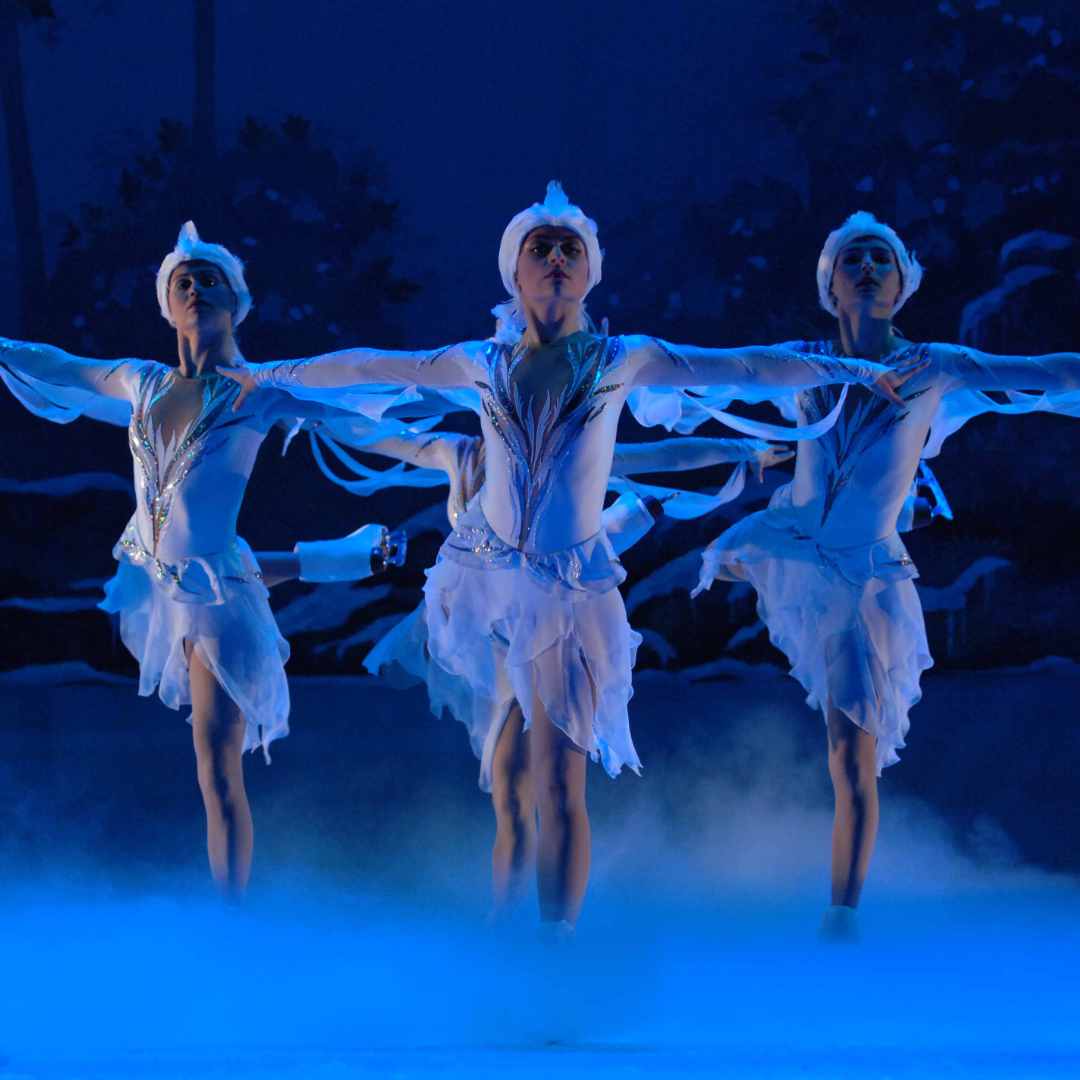
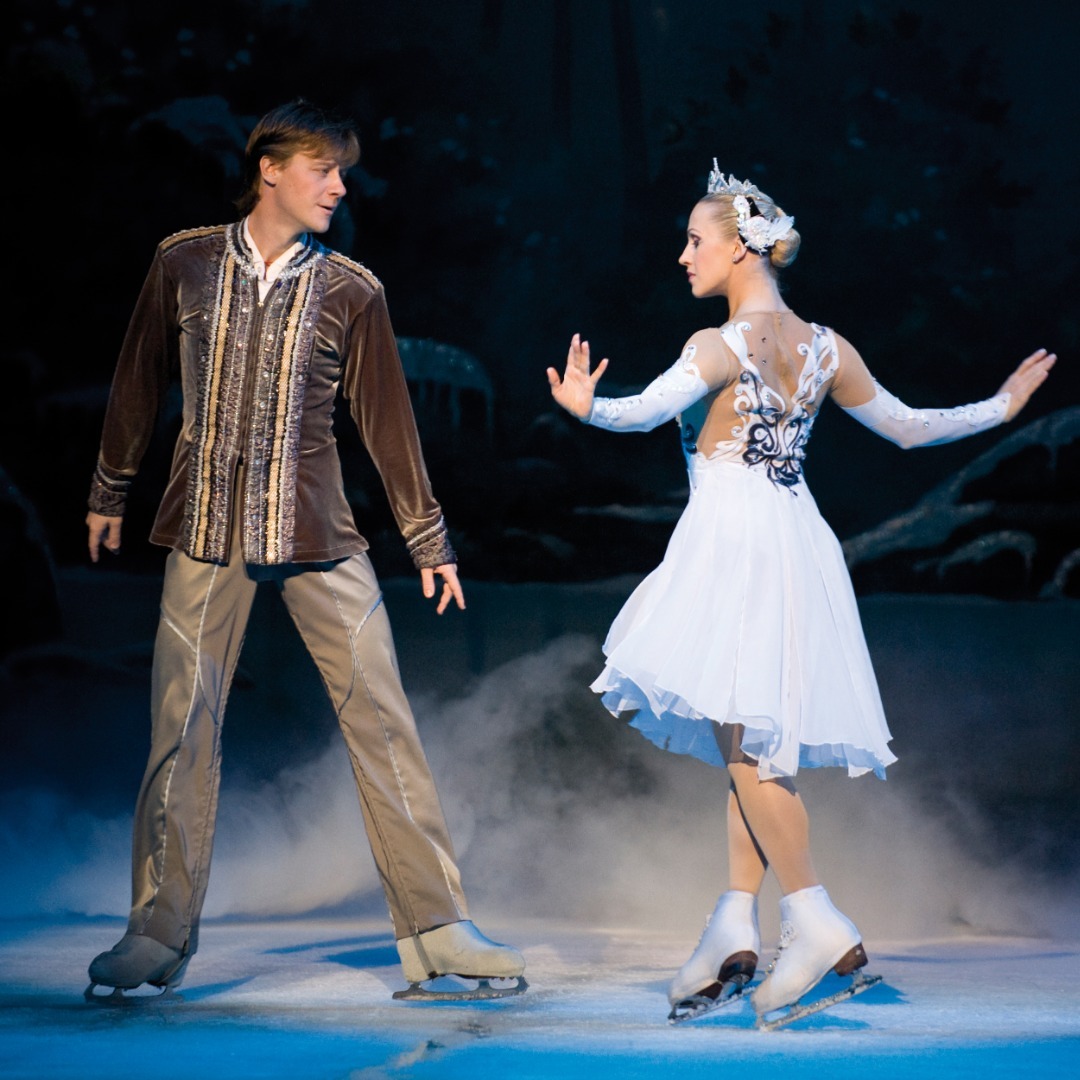
Olga Sharutenko as Odette the White Swan embodies the character’s vulnerability and ethereal beauty with poignant grace. Her movements are fluid and deeply expressive. Act 2 sees her truly come to the fore, especially during the partner work, where her connection is both tender and intense. While her en pointe sequence showcased remarkable technical prowess and undeniable difficulty, it momentarily disrupted the natural flow and sweeping rhythm of the choreography. Even so, Sharutenko’s commanding performance left an indelible mark.
Maksim Miroshkin brings a charming and energetic presence to the role of Prince Siegfried. His partnering is undeniably strong, effortlessly lifting and supporting his partner with power and precision. It was a lively performance that brought a refreshing energy to the stage and story. Ratibor Shirokov, as Baron von Rothbart, commands the ice with menacing, strong movements and fabulous partnering. Dmitrii Lapshin plays the Prince’s loyal friend Benno. His skating is precise and sharp, showcasing exceptional technical skill and control, punctuated by several dazzling jumps.
As Odile, Viktorriia Mikhailova is a captivating enigma, personifying the Black Swan. Her skating is fast, fluid, and powerful, seamlessly blending incredible athleticism with pure, unadulterated artistry. Mikhailova’s portrayal perfectly captures the character’s seductive and manipulative nature, enthralling the audience with every movement. With her beautiful lines and impeccable mastery, her pas de deux with Miroshkin is a breathtaking display of lyricism, evoking the grace and intensity of Olympic-level competition.
The lake scenes were a highlight, where the skating flowed effortlessly with the music, undistracted by pyrotechnics or spectacle. In these moments, the ensemble moved with synchronised grace, while featured solos and duets added a profound intimacy, drawing the audience into a world where the emotional depth of Swan Lake was fully realised.
This dazzling production showcases the unparalleled artistry of Russian ice skaters, performed to a stirring Russian score, and warmly appreciated by the many Russian compatriots in the audience. But beyond that, the sheer spectacle, athleticism, technical brilliance, and boundless joy of the performers will keep both the young and the young-at-heart on the edge of their seats. Be sure to stay for the encore—an unforgettable surprise finale worth the ticket price alone.
To book tickets to The Imperial Ice Stars: Swan Lake on Ice , please visit swanlakeonice.com.au

